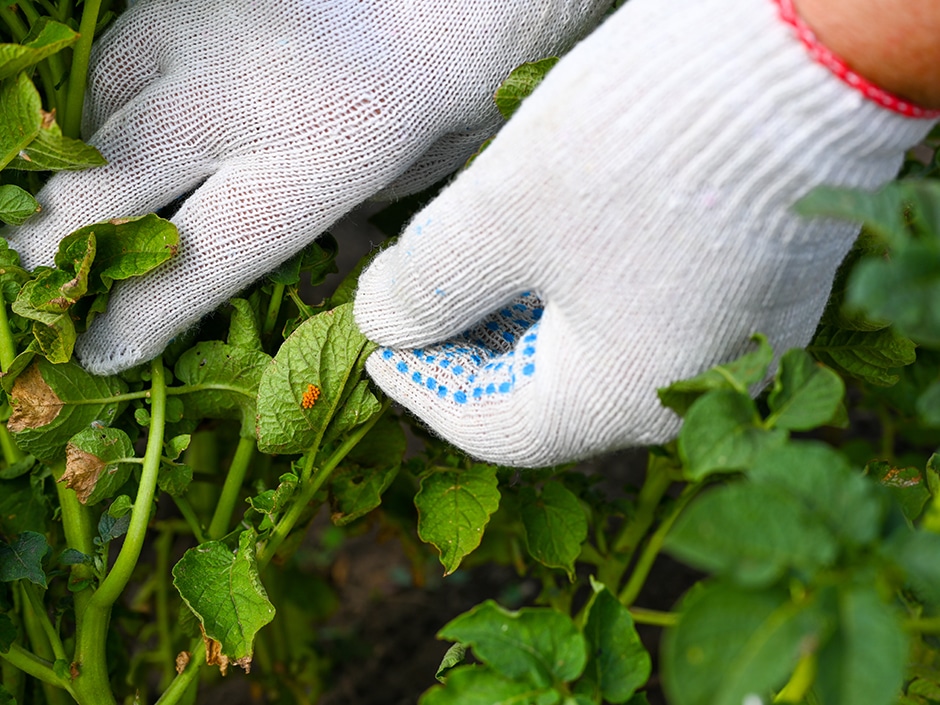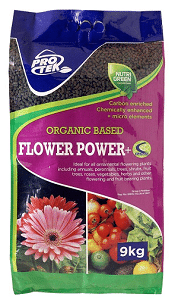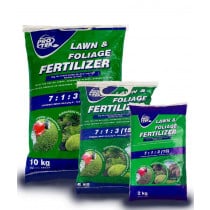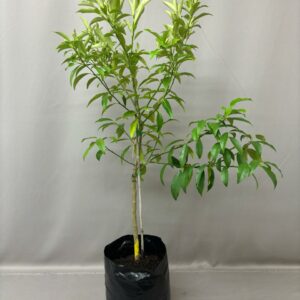Organic Pest Control
DIY and how-to

ORGANIC METHODS TO CONTROL PLANT PESTS
Bugs, critters and creepy-crawlies are just part of the territory when it comes to gardening. Some are friendly and some seem set to destroy your hard work in their quest for a tasty plant snack. Here are a few natural, inexpensive ways to help ward off unwanted visitors to your garden infesting your veggies and seedlings.
PLANT GARLIC AND CHILLIES
Plant garlic bulbs or chillies between rows of vegetables or roses to repel aphids and other insects – most bugs hate their scent. You can also make a natural insect-repellent by mixing powdered garlic or dried chillies with water. Spray it on the plants you want to protect.
USE COARSE SURFACES TO DETER SNAILS
Snails hate crawling over coarse, uneven surfaces, so one of the easiest ways to keep them from attacking your precious seedlings is to surround the plants with crushed eggshells, pine needles or crushed seashells. All of these snail deterrents have the added bonus of boosting the level of beneficial nutrients in the soil.
CONSIDER COMPANION PLANTING
Companion planting is the practice of planting herbs, vegetables and flowers that benefit each other close together. For example, parsley and marigolds are good companion plants for asparagus, as they repel asparagus beetles, and dill is a good companion plant for broccoli, as it attracts beneficial wasps, which prey on insect pests.
THREE THINGS TO CONSIDER BEFORE YOU REACH FOR INSECTICIDES
The main disadvantage of using broad-spectrum chemical insecticides is that they kill all the good insects in your garden too. Up to 95% of all insects in your garden are either harmless or actually help your plants. Bees and butterflies are essential for fertilising fruit and flowers, ants clear away weed seeds and insect eggs, and dragonflies eat aphids and mosquitoes.
Before you resort to the use of insecticides – even organic varieties – make sure you follow these guidelines:
- Inspect your plants regularly for signs of disease. The earlier you spot a pest infestation, the easier it will be to deal with. If you catch it soon enough you might even be able to solve the problem with a strong spray of water.
- Always spot-treat problem areas rather than spraying the entire garden bed. The more you spray, the greater your chances of killing good insects that could actually help your pest-control efforts.
- Watch the weather. Don’t spray in very windy weather, as it will be very difficult to target problem areas. And don’t spray just before it rains either, as you will simply be wasting your time.
If you’ve reached the end of your bug-busting tether and find yourself needing to reach for the spray bottle, consider one of these non-toxic, organic insecticides:
- Biogrow Pyrol controls red spider mites and aphids.
- Biogrown Bioneem targets mites, aphids, fruit flies, American bollworms, snout beetles and codling moths.
- Margaret Roberts Biological Caterpillar Insecticide is ideal for targeting leaf-eating caterpillars, while Margaret Roberts Organic Insecticide deals with whiteflies, red spider mites and aphids.
- Kirchhofs Ludwig’s Insect Spray+ targets aphids, ants, American bollworms, red spider mites, thrips, beetles and wood-eating termites.
- Efekto Eco Insect Control SC will eradicate thrips, American bollworms, leafminers and lawn caterpillars.
- Biogrow Ferramol offers an organic way of dealing with snails and slugs.
Ready to get to grips with your garden critters? Get comfortable and read more bug-busting guides below:
You might also like
Shop online
-
FLOWER POWER FERTILISER
- R129.99 – R299.99
- Select options This product has multiple variants. The options may be chosen on the product page Learn More
-
LAWN FERTILISER 7.1.3
- R99.99 – R299.99
- Select options This product has multiple variants. The options may be chosen on the product page Learn More




